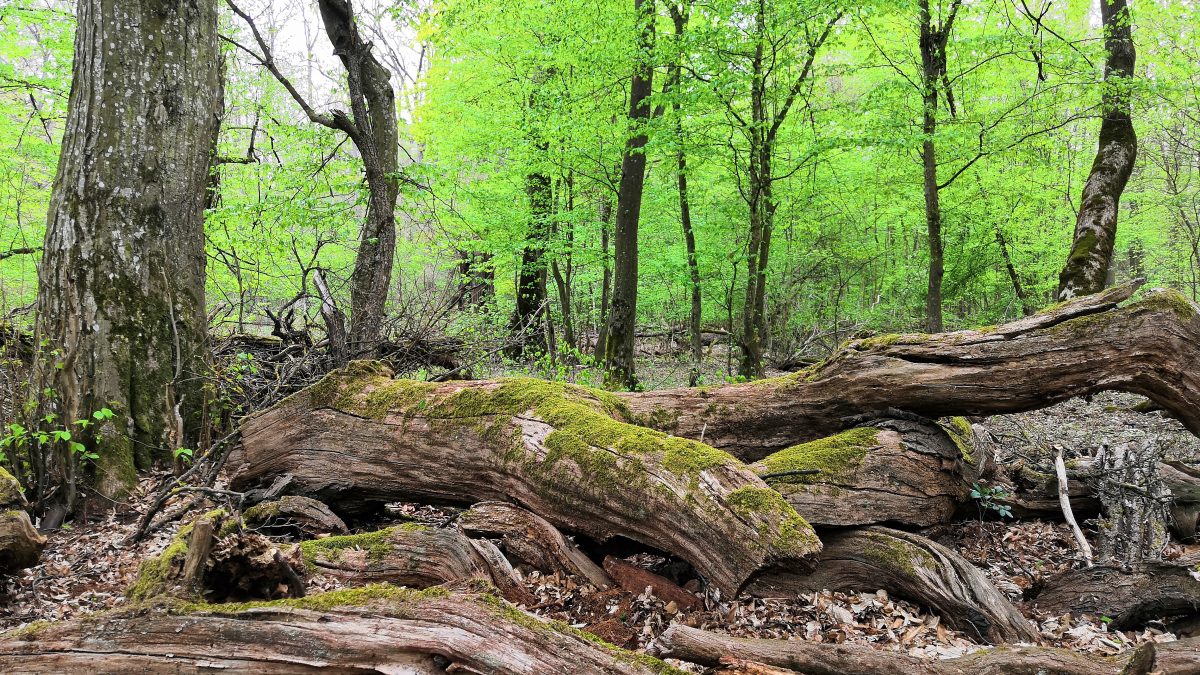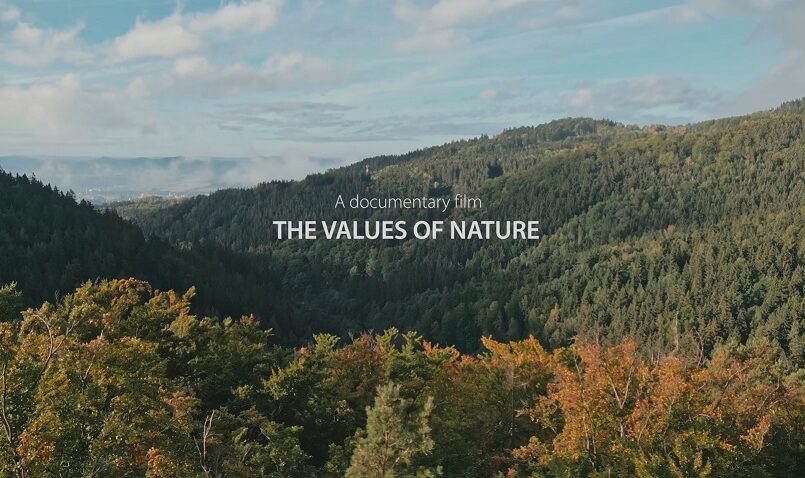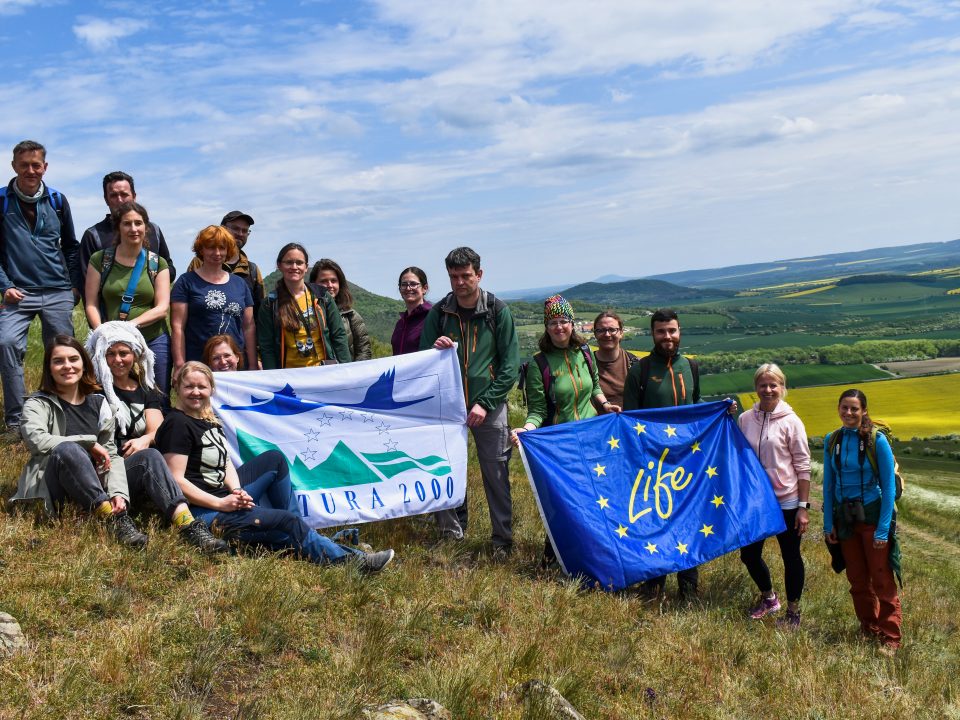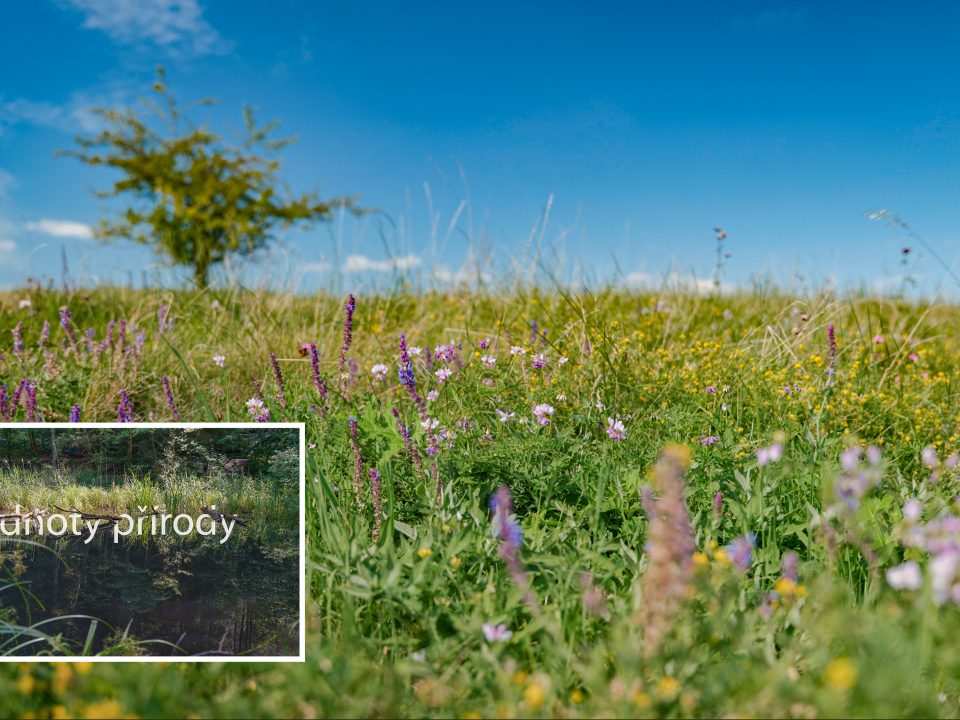Nature restoration law – a new context and opportunity for a familiar topic
If you – even fleetingly – follow the nature conservation scene, the news that the EU institutions are currently discussing its new legislative context is not surprising news. A draft of a nature restoration regulation was presented by the European Commission in June 2022, and since then there has been intense debate at the level of the EU Council and the European Parliament about what the final text should look like. The Czech Presidency of the Council of the EU in the second half of last year has also left its relatively deep mark on this process, with 10 meetings of the Council’s Working Party on the Environment and (among others) the Environment Council itself in December, where policy issues related to the main topic of the proposal were discussed. The ministerial meeting was preceded by a discussion of a partially revised text of the Regulation which the Czech Presidency team had prepared following several months of intensive negotiations within the Working Party. These negotiations are of course now continuing under the Swedish Presidency, whose team is carefully building on the progress made in the previous six months.
And what is so innovative about nature restoration? We might answer relatively simply: not much. We have been restoring nature and landscape in the Czech Republic for a relatively long time. After all, we can just look at the activities of the One Nature Project. Every year, interventions are carried out in favour of natural habitats and species protected within the Natura 2000 system for more than CZK 19 million. The Project works with owners and users of land in these areas, elaborates the principle of adaptive management cycle, which leads to management optimization, or helps to define its priorities so that financial resources, which are far from surplus in nature protection, have the greatest positive effect for biodiversity. All this (and there is much more going on in the Project) can be described without exaggeration as a systematic effort in the restoration of our nature, complementing the “traditional” activities of state nature conservation.
Although nature protection is (often on the basis of prejudices and simplifications, but also – let us be self-critical – including perhaps unfortunate experience from practice) associated with the application of restrictive instruments, the state nature protection has long and systematically implemented management of nature, including restoration management, especially in protected areas, but also in the open countryside. Many associations then restore nature on ‘their’ land, thereby supporting valuable species and natural communities important for biodiversity. A number of owners and users, although we would like to see many more, carry out their activities with the utmost respect for the natural values of the area, or support these values in the area. All this is already happening to some extent today and (in addition to efforts to at least maintain the state of an ecosystem even if it is transformed a bit more significantly), these efforts often aim at restoration of the ecosystem.

Greater pasque flower (Pulsatilla grandis), Načeratický hill near Znojmo. The support of endangered flora by extensive grazing is undoubtedly a textbook restoration management method for the forest-free area. Photo: Petr Havel
We are restoring nature to return its functions which are crucial for human living; as one motto of the EU Biodiversity Strategy 2030 says, we need nature for our lives. Intensive use or abandonment of our landscapes, the impacts of climate change and other, mostly anthropogenic, factors lead to a sharp decline in biodiversity. It is therefore necessary for its protection to include not only measures to give risky activities the right direction and prevent further degradation, but also, to a much greater extent, energetic actions that will help nature to return as close as possible to its original state.
The draft nature restoration regulation therefore does not introduce a new concept. Nevertheless, from our point of view, it is in a sense revolutionary. Firstly, it brings a much-needed aspect of national strategic planning into nature restoration in relation to specific, measurable objectives. This is very important, because nature restoration will have a clear national vision, a unified framework and, above all, a specific mandate on the basis of which it will be implemented in the long term.
Secondly – and relatedly – the objectives will of course be legally binding (whatever the final wording of the regulation, the fact that it will be a legal regulation will certainly remain unchanged). Finding and then implementing mechanisms and procedures to achieve them will therefore be a necessity, not an advantage. Therefore, nature restoration will not just be an initiative that will depend on the possibilities of individual actors – their will, staff capacity and ability to mobilise funds, etc. It will be a long-term systemic agenda underpinned by EU law.
Thirdly, in order to implement this legislation, financial mechanisms will have to be created or significantly adapted (strengthened) at EU level (but also reflected in the national budget) to support the achievement of the objectives set. This is also based on the European Union’s commitment to allocate 7.5% of annual MFF expenditure to biodiversity in 2024, rising to 10% in 2026 and 2027. This has the potential to have a significant impact on nature restoration options, which are currently limited, particularly in terms of capacity.

National Nature Reserve Ranšpurk na Soutoku. Lying dead wood is one of the indicators for which the draft regulation requires an upward trend. Photo: Petr Havel
Fourth, the protection and restoration of nature, biodiversity is gaining in importance and significance. Willingly, patiently, slowly but surely, it is rising up the priority list. Some do not want to see this progress, others are trying to stop it, but also more and more people are beginning to understand it. More often than not, nature restoration is rightly linked to increasing the resilience of the landscape to climate change. Its importance for the long-term sustainability of food production, but also in other sectors, is often understood. Its benefits for human health or safety (e.g. in flood protection or water retention in the landscape in general) cannot be overlooked. The draft regulation builds on these links and seeks to target precisely those ecosystems that are important in the above-mentioned respects.
Fifth, the regulation is largely revolutionary in its wording. It does not formulate obligations in terms of the need to take administrative, legal or similar measures. It focuses primarily on obligations in the form of proactive action (implementation of restoration measures) and contains a number of ‘outcome-based’ obligations (typically, in the case of obligations to trend indicators upwards until they reach satisfactory levels). In order to fulfil the regulation, it will not therefore be sufficient to adapt national legislation correctly (although this will also be necessary) or to identify the instruments that will need to be adapted and to report on this. Proper implementation will need to be ensured (among other things) through the actual implementation of management. At the same time, let us not forget the strong link between the proposal and existing EU law. The Regulation has the potential, through its implementation, to make a substantial contribution to improving the condition of habitat types and habitats of species already enjoying some form of protection under the Habitats and Birds Directives. Its proactive focus thus appropriately complements the mainly administratively formulated obligations of the Directives and, despite the chosen legal form (Regulation), has the potential to form a coherent whole with them.
It is too early to estimate to what extent this strong potential will actually be used and fulfilled in the Czech Republic. The draft is certainly an opportunity to grasp the whole topic of nature restoration in a systematic way and, without exaggeration, to make it an overarching framework for all conservation activities. We are convinced that the implementation of the proposal could one day include an integrated project or its equivalent. The substantive breadth of the Regulation and its overlap with a number of sectors clearly lends itself to this, and it provides scope for a range of potential project activities that could suitably enrich public administration activities in the same way as One Nature does.








